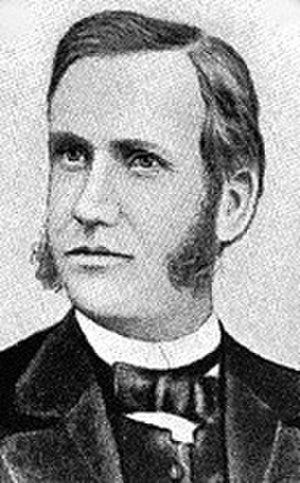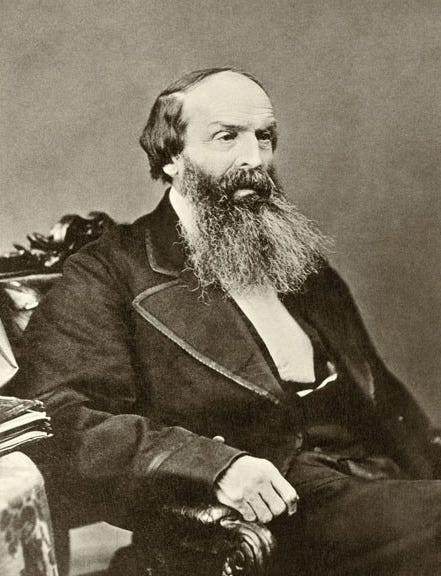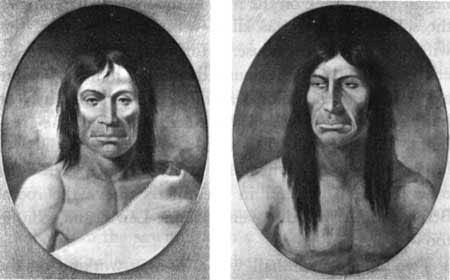Walla Walla Boys Murder Friend on Hunting Trip in Blue Mountains Oregon
Murder at the Mission: A Frontier Killing, Its Legacy of Lies, and the Taking of the American West — A Book Review

Nearly 174 years ago, on November 29, 1847, Dr. Marcus Whitman, his wife Narcissa, and eleven others were killed at their Waiilatpu Mission by up to sixty assailants who were indigenous Cayuse peoples. Another 53 were taken captive. The Whitmans had built the mission starting in 1836 near present day Walla Walla, Washington. They were New Yorkers who had become Christians during the Second Great Awakening and were commissioned by the American Board of Commissioners for Foreign Missionaries to start a mission to serve the Cayuse people and convert them to Christianity. To the Whitmans and their supporters this also meant a conversion to Anglo-American values and the adoption of a farm-based economy with private ownership of land. The missionaries were acutely aware that the indigenous peoples in the Northwest were facing a coming flood of white emigrants and thought that the only recourse to save them from "corruption and oppression" and from "utter extinction" was to make the indigenous tribes as much like Christian Americans as possible, and quickly (pp. 50–51). Unfortunately, good intentions and sincere beliefs are cold comfort when facing Manifest Destiny and genocidal newcomers.

The Whitmans may have remained a tragic footnote in the history of the American conquest of the West except for the elevation to mythic status in the pursuit of multiple agendas over the remainder of the 19th century. Journalist Blaine Harden chronicles the Whitman myth in his 2021 book Murder at the Mission: A Frontier Killing, Its Legacy of Lies, and the Taking of the American West. He notes:
Whitman's story was a real-life Old West passion play — or so it seemed. Violent death at the hands of tomahawk-slinging hostiles gave the story a stirring shiver of last-stand martyrdom. It linked Whitman to General George Armstrong Custer at Little Bighorn, to Davy Crockett at the Alamo, even to Christ at Calvary.
What no one told me at the time was that the Whitman story was largely a pack of lies.
Protestant clergymen had cooked up most of it decades after the Whitmans were murdered. Its principal author was the Reverend Henry Harmon Spalding, a New York-born Presbyterian missionary who himself just barely managed not to be killed by the Cayuses.
Spalding was fiery-eyed, scraggly-bearded, and endlessly aggrieved. He had a poisonously strange relationship with Marcus and Narcissa Whitman. When they were alive, he tormented them. When they were dead, he — with the help of his ordained collaborators — made up the great patriotic whopper that transformed them into legends. (pp. xxiii-xxiv)

Narcissa Whitman had rejected a marriage proposal from Spalding and, years later, found herself paired with Spalding and his wife as a missionary team heading West past the American border. Spalding got along so poorly with the Whitmans that they decided to split, leading the Whitmans to work with the Cayuse and the Spaldings to work with the Nez Perce. The quarrels continued as new missionaries arrived, prompting scathing reports to the missions board that required Marcus Whitman to take a frantic year-long trip back to the East to keep his position and report that he and Spalding were now on good terms. He returned to the mission by way of the Oregon Trail.

Harden unfolds Spalding's grand fabrication about how Whitman had "saved Oregon" by rushing East to report to President Tyler on British and Jesuit missionary schemes to take the Northwest for Great Britain. Spalding was virulently anti-Catholic and blamed the Jesuits for encouraging violence against the Whitmans despite the fact that a traveling priest was partially responsible for saving his life during the violence. The Whitman Myth was critical in the political push to declare Oregon a territory which Congress completed in 1848. Prior to that date, the region did not have formal law.
The real reasons for the murders were much less grand. Whitman had obtained permission from the local Cayuse Chief Telokite to build his mission and work with their people including the provision of medical care. Harden notes that by the autumn of 1842, "the Cayuses had lost interest in the white man's God, whose supernatural favors had been much anticipated but never seen" leading many to view the missionaries as simply "squatters on tribal lands who behaved in a way that was increasingly bossy, arrogant, and selfish." (pp. 66–67) They refused to pay rent despite building large houses and expanding their fields and herds.

Harden examines Whitman's letters and concludes that he "reinvented himself as an agent of white settlement." (p. 71) The Oregon Trail cut through Cayuse land and they witnessed the large numbers of emigrants moving to the Willamette valley. Cayuse anger and resentment was triggered into murder by a measles epidemic that killed half the tribe, including about 200 patients seen by Whitman. Whitman had been warned by Dr. John McLoughlin, the Chief Factor of the Hudson Bay Company, that the Cayuse believed in killing healers whose patient's died after treatment. The Northwest tribes had experienced smallpox epidemics in 1770 and 1800 that had killed about a third of the population. Harden concludes that the "mass death of Indians from disease was quicker and more devastating in the Northwest than on the Eastern Seaboard or in the Great Plains, and it explains the relative ease and speed with which whites would come to dominate the Oregon Country." (p. 35) Whitman's failure to heal was seen as bad medicine cast with suspicious intent and it sealed his fate.
The settlers in the Willamette Valley demanded justice for those murdered and raped and for the safe release of the 53 hostages. The Cayuse released the hostages and the settlers eventually captured five of the murderers including Chief Telokite. Harden details the accounts of the 1850 trial, noting that Judge Orville Pratt was aware of the prevailing political winds and that he "bent the law — and the U.S. Constitution — to those winds." (p. 121) The defense attorneys argued that the killings had taken place in a "North American no-man's-land as far as the U.S. legal system was concerned" (p. 124) and that they should be judged in accordance with Cayuse customary law, but Harden explains that Judge Pratt "dismissed the motion and moved forward, aware, no doubt, that if he freed the Cayuse on a legal technicality, the people of Oregon would probably have hanged the Indians anyway and forever regarded the judge as an overeducated fool." (p. 125) All five of the defendants were found guilty and were hanged on June 3, 1850 in front of a large crowd. Harden portrays other, more favorable, accounts of the legal system in his story, but this extra-territorial imposition of American law is a grim reminder of the law's complicity in America's ill treatment of people of color, especially the land's indigenous peoples.
As a great journalist, Harden pursues the Whitman story to its modern end. He chronicles the long struggles of the Cayuse people, branded as murderers of an American hero. He highlights the use of the Whitman Myth to cut the size of their reservation lands to benefit white settlers. He records the Cayuse successes starting in the 1970s in rebuilding the reservation they share with the Umatilla and Walla Walla people, the successful water negotiations that have brought back the water for salmon runs in their rivers, and the establishment of a tribal casino to provide a sustainable economy on the reservation.
Harden also traces the continued use of the Whitman Myth through the rest of the 19th century to raise funds for protestant missions and later to save Whitman College from financial ruin. Justice William O. Douglas, a graduate of Whitman College and the only U.S. Supreme Court justice from Washington State, repeated the then thoroughly debunked myth of Whitman's "epic journey which helped save the Oregon Territory for the U.S." in a 1943 story in Life magazine. The publication of Harden's book was too early to allow for a final chapter — in the Epilogue, he notes the early efforts to remove Whitman's statue from the Hall of Statuary in the U.S. Capitol Building. Those efforts became law in 2021, when the Washington State Legislature voted to substitute a statue of the great Nisqually tribal fishing rights advocate Billy Frank Jr. When completed, the new statue will be installed in the Hall of Statuary alongside Washington State's other statue of a missionary, Mother Joseph Pariseau, who was instrumental in building schools and hospitals to serve Washington's early white settlers.
For information about how to check out this title, please contact us at library.requests@courts.wa.gov or 360–357–2136. (RM)
Source: https://medium.com/walawlibrary/murder-at-the-mission-a-frontier-killing-its-legacy-of-lies-and-the-taking-of-the-american-west-85b96c70054b
0 Response to "Walla Walla Boys Murder Friend on Hunting Trip in Blue Mountains Oregon"
Post a Comment